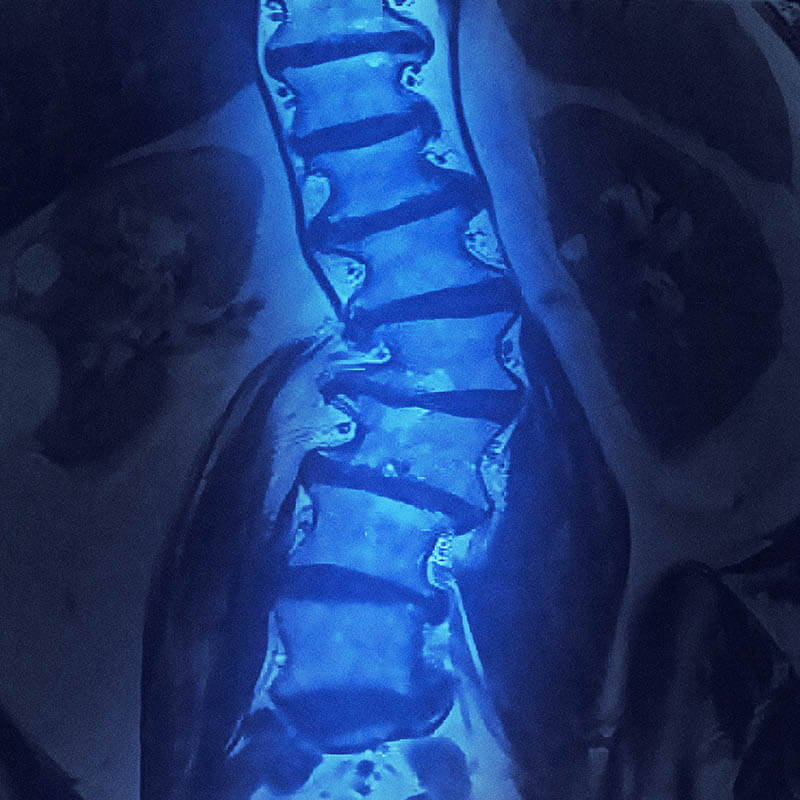Comprehensive Diagnosis & Treatment of Scoliosis
Scoliosis is an abnormal curvature of the spine that can lead to serious and painful problems. It is most common in children over age 10 and adults over 55.
Determining which type of this condition is affecting you, correcting the spine’s shape, and ensuring you’re not at risk of serious complications are necessary steps in your journey to solving your pain. At this time, there is no cure, but treating the condition early can prevent more serious symptoms from developing.
What You Need to Know About Scoliosis
This condition usually does not cause serious symptoms, but many people choose to undergo intervention to correct their posture. It is important to have the condition diagnosed and checked periodically to ensure your spine does not degrade beyond expectation.
Treatment for scoliosis depends on the cause and location of the spine curvature, how big the curve is, and whether the body is still growing.
Treatment Options
- Back Braces: Wearing a back brace can prevent the spine from further curvation. This treatment works best on children over age 10, but it is not effective on patients who were born with scoliosis or when the condition is caused by a neurological disorder (neuromuscular scoliosis). Patients who choose this treatment only need to wear their brace until their spine stops growing.
- Spinal Fusion: This surgery, in which the spine is held in place with metal rods until the bones heal and fuse together, can be the best treatment for severe or rapidly forming cases.
- Microdecompression Surgery: Scoliosis that gets progressively worse over time, called degenerative scoliosis, can cause spinal stenosis. This procedure removes inflammatory tissue and relieves pressure exerted on the nerves.
Many patients are also advised to undergo physical therapy to strengthen their spine and to learn how to use their back brace. Counseling is sometimes recommended for children who feel embarrassed about wearing a back brace.

